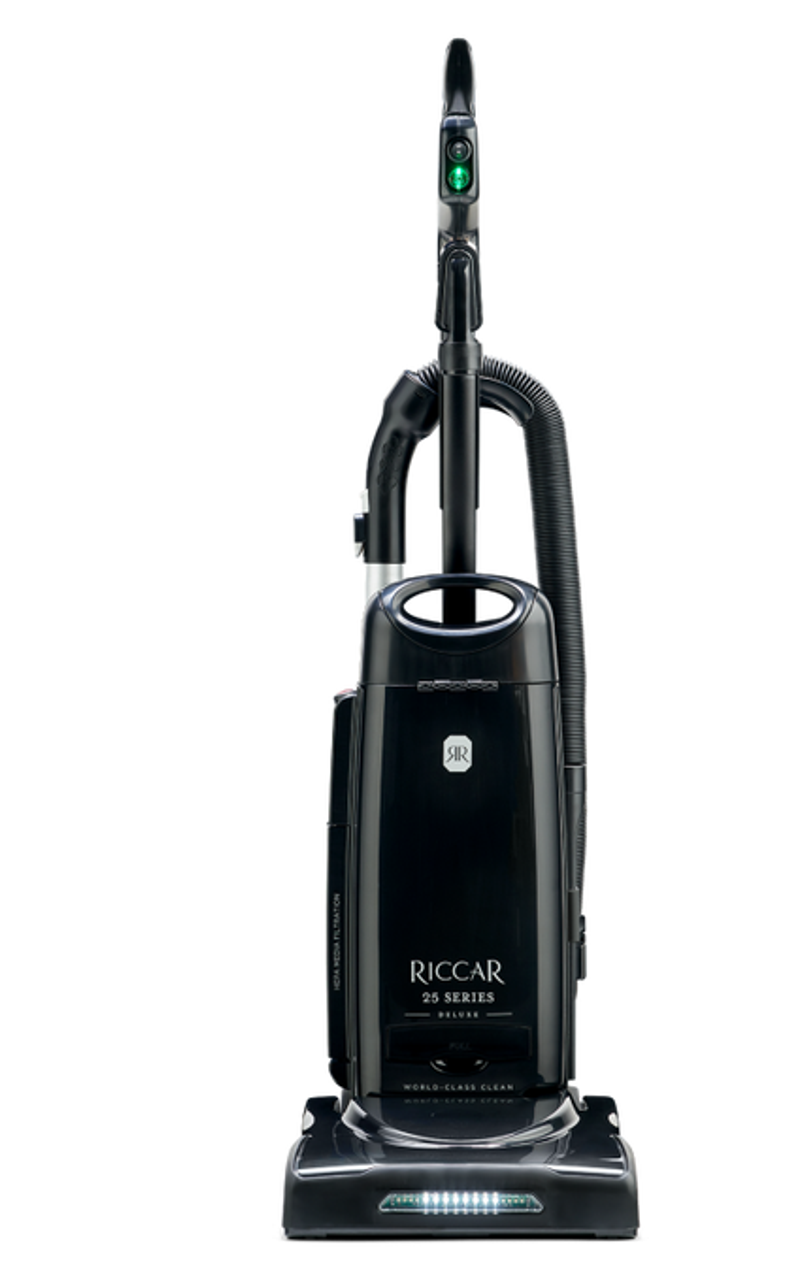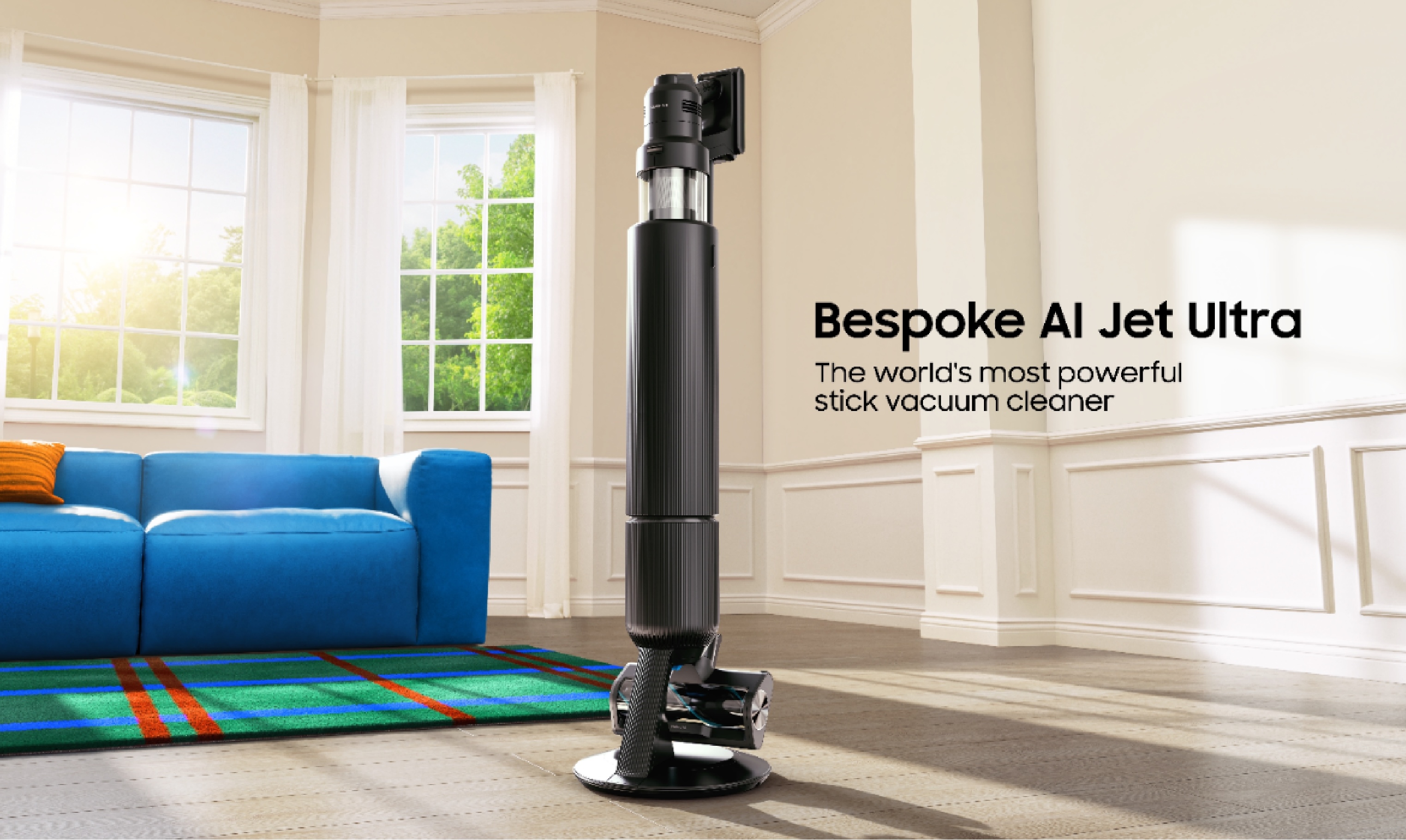Have you ever stopped to think about how many vacuum cleaners exist around the world right now? You might be surprised by just how common these devices are in homes and businesses everywhere.
Whether you’re curious about the scale of this everyday appliance or wondering what it says about our lifestyles, this article will give you fascinating insights. Keep reading, and you’ll discover numbers and facts that could change the way you see your own vacuum cleaner—and maybe even your cleaning habits.

Credit: www.maximizemarketresearch.com
Global Vacuum Cleaner Market Size
The global vacuum cleaner market is large and growing steadily. Millions of homes and businesses use vacuum cleaners every day. These devices help keep spaces clean and free from dust and allergens.
Manufacturers produce many types of vacuum cleaners. These include upright, canister, robotic, and handheld models. Demand rises as people seek cleaner and healthier environments.
Current Number Of Vacuum Cleaners Worldwide
There are over 500 million vacuum cleaners in use worldwide. This number includes both residential and commercial devices. Asia and North America hold the largest shares of this market. Many households own at least one vacuum cleaner. Some homes have multiple units for different cleaning needs.
Growth Trends Over The Years
The vacuum cleaner market has grown steadily over the last decade. Annual growth rates range between 5% and 7%. Rising incomes and urbanization drive this growth. New technologies, like robotic vacuums, attract more buyers. Consumers prefer energy-efficient and easy-to-use models. The market will likely continue expanding in the coming years.

Credit: banksvac.com
Popular Types Of Vacuum Cleaners
Vacuum cleaners come in many types. Each type suits different cleaning needs. Understanding popular types helps choose the right vacuum.
Upright Models
Upright vacuums are tall and easy to push. They work best on carpets and large floors. Most homes use upright models for daily cleaning. They have strong suction and wide cleaning paths. Many include a bag to collect dirt.
Robotic Vacuums
Robotic vacuums clean automatically without much help. They move around the room by themselves. These vacuums work well on hard floors and low carpets. They are small, quiet, and easy to schedule. Great for busy people or pet owners.
Canister Vacuums
Canister vacuums have a separate motor and cleaning head. They are flexible and light to carry. Good for cleaning stairs, curtains, and tight spaces. They work well on hard floors and carpets. Many come with different tools for special jobs.
Stick And Handheld Variants
Stick vacuums are slim and lightweight. Easy to store and quick to use. Handheld vacuums are small and perfect for small messes. Both types work well for cars and furniture. Ideal for fast cleaning and spot cleaning.
Leading Countries In Vacuum Cleaner Ownership
Vacuum cleaner use varies greatly around the world. Some countries have millions of vacuum cleaners in homes. Others have fewer due to different cleaning habits or income levels.
Understanding which countries lead in vacuum cleaner ownership helps reveal global trends. It shows where these appliances are most popular and widely used.
Top Markets By Sales Volume
China leads the world in vacuum cleaner sales. The large population drives high demand. The United States follows closely with strong sales each year. Europe also holds a large share of the market. Countries like Germany, the UK, and France show steady sales growth. These markets often prefer advanced and smart vacuum models.
Sales volume reflects new purchases but not total ownership. Still, high sales suggest a strong interest in vacuum cleaners in these regions.
Vacuum Density Per Household
Vacuum density means the number of vacuum cleaners per household. Developed countries usually have higher vacuum density. For example, in the US and Japan, many homes own at least one vacuum cleaner. Some homes have more than one, for different floors or uses.
In contrast, many developing countries have low vacuum density. Households may rely on other cleaning methods. The density also depends on home size and lifestyle. Smaller homes might need fewer appliances.
Technological Advances Impacting Numbers
Technological advances have changed the vacuum cleaner market a lot. New features and designs make vacuums easier to use and more popular. These changes also affect how many vacuum cleaners people buy worldwide. The rise in smart technology and better batteries has pushed the market forward.
Smart And Connected Vacuum Cleaners
Smart vacuum cleaners connect to Wi-Fi and apps. Users can control them from their phones. They clean automatically on set schedules. Sensors help avoid obstacles and stairs. These features attract many buyers. More homes now have at least one smart vacuum. This growth increases the total number of vacuum cleaners globally.
Battery And Efficiency Improvements
Battery life in vacuums has improved a lot. New batteries last longer and charge faster. This lets cordless vacuums work better and longer. Energy-efficient motors clean with less power. People prefer these models for convenience and cost savings. These improvements boost sales and add more vacuum cleaners worldwide.
Environmental And Economic Impacts
Vacuum cleaners are found in millions of homes worldwide. Their presence affects both the environment and the economy. Understanding these impacts helps us see the bigger picture of daily life and global resources.
Energy use and waste are two main concerns. Each vacuum uses electricity, adding to overall energy demand. Old or broken vacuums can create disposal problems. These issues affect natural resources and financial costs.
Energy Consumption Patterns
Vacuum cleaners use electricity to run motors and suction systems. Models vary in power, with some using more energy than others. Frequent vacuuming adds up to high energy use over time. Efficient models help reduce electricity bills and environmental strain. Choosing vacuums with low power consumption benefits both users and the planet.
Recycling And Disposal Challenges
Many vacuum cleaners contain plastic, metal, and electronic parts. These materials are hard to separate for recycling. Discarded vacuums often end up in landfills, causing pollution. Toxic components may leak into soil and water. Proper disposal requires special recycling programs. Increasing awareness can reduce waste and protect ecosystems.
Future Projections For Vacuum Cleaner Numbers
The number of vacuum cleaners worldwide is set to grow steadily. Changes in lifestyle and technology will push demand higher. More people want clean homes, and new markets will add many users. This section explores key factors behind future growth.
Emerging Markets Expansion
Countries in Asia, Africa, and Latin America show rising interest in vacuum cleaners. Growing middle classes buy more household appliances. Urbanization means more apartments and houses need cleaning tools. Sales in these regions are expected to increase rapidly. This trend will contribute significantly to global vacuum cleaner numbers.
Innovations Driving Demand
New vacuum cleaner models offer better performance and ease of use. Robots and cordless vacuums attract busy people. Smart home integration makes these devices more popular. Energy-efficient designs also appeal to eco-conscious buyers. These innovations will continue to boost sales worldwide.

Credit: news.samsung.com
Frequently Asked Questions
How Many Vacuum Cleaners Exist Worldwide Today?
There are approximately 1. 5 billion vacuum cleaners in use globally. This estimate includes residential and commercial models across all countries.
Which Countries Have The Most Vacuum Cleaners?
The United States, China, and Europe lead in vacuum cleaner ownership due to large populations and higher income levels.
What Types Of Vacuum Cleaners Are Most Popular?
Upright and canister vacuum cleaners dominate the market, with robotic vacuums growing rapidly in popularity worldwide.
How Often Do People Replace Vacuum Cleaners?
On average, people replace vacuum cleaners every 7 to 10 years, depending on usage and technological advancements.
Conclusion
Vacuum cleaners are found in millions of homes worldwide. They help keep spaces clean and fresh every day. Different types suit different needs and budgets. The demand for vacuums continues to grow steadily. People value convenience and time-saving tools at home.
This shows how important vacuum cleaners have become in life. Counting them exactly is hard, but the number is huge. Clean homes and better health depend on these machines. They remain a common and trusted cleaning choice everywhere.





